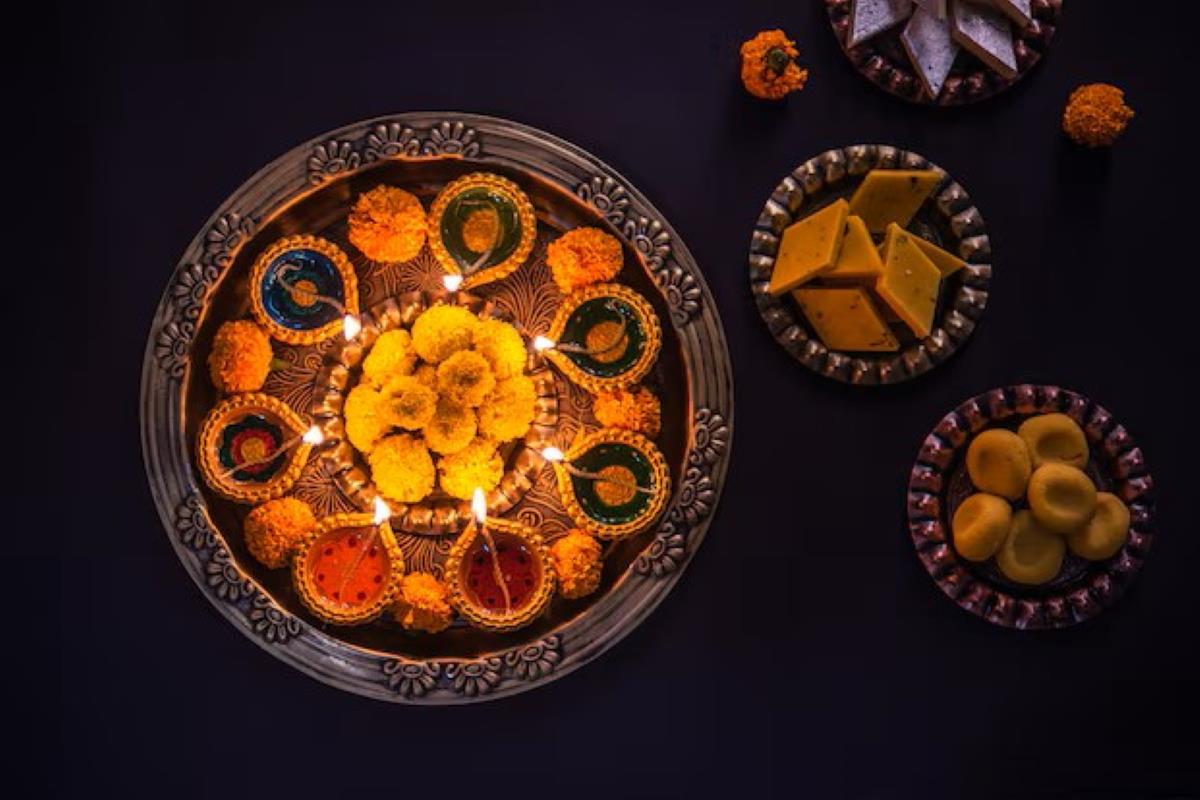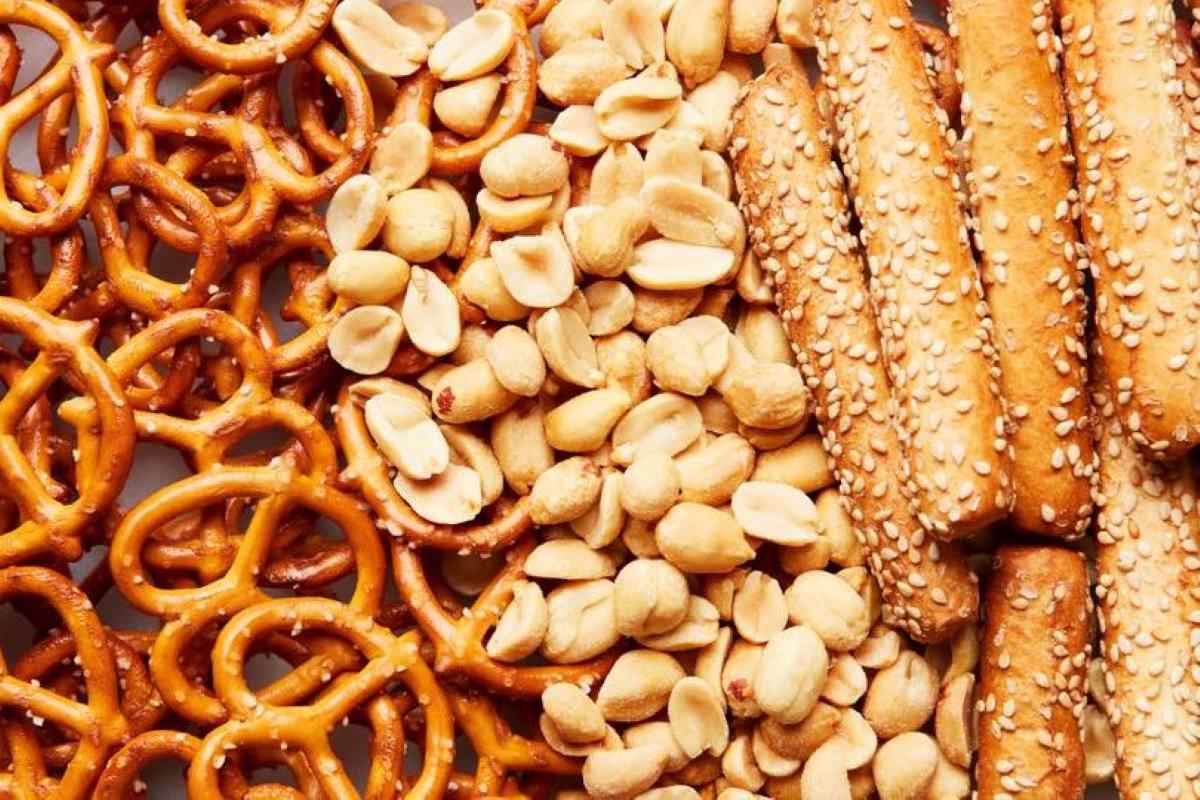It is becoming necessary to make a case for sustainable Halloween treats, given the recurring trends during the annual celebration. Think of the pumpkin waste and candy wrappers that haunt the planet right after each Halloween celebration.
During family gatherings and get-togethers that serve as the highlight of the spooky season, food and packaging waste accumulate in large quantities. To put the issue in perspective, the United States alone has about 600 million candy wrappers to deal with after each Halloween.
However, there’s a glistening light at the end of this tunnel. People looking to have some scary fun do not have to trade sustainability to do so. This year, this piece will show you how to eat Halloween sweets and still enjoy planet-friendly celebrations.
The Frightening Truth About Halloween Waste
It is easy to invest in the fun activities lined up for the last day of October, with the accompanying waste only coming as an afterthought. However, Halloween often leaves a trail of waste that would leave the complicit amazed, if they understood its full extent. Let’s put things in perspective.
Halloween Costumes
The Global Action Plan, an Irish sustainability initiative, found that Americans spend as high as $4.2 billion on Halloween costumes annually. Unfortunately, about 82% of these costumes are abandoned after the celebration, partly because they are cheap. In addition, Halloween garbs are not items you can sport to the office or to a Thanksgiving gathering. So, some folks may hold on to such costumes for a couple of years as a keepsake. However, the costumes eventually end up in landfills, seldom ever repurposed, and take between 20 to 200 years to decompose.
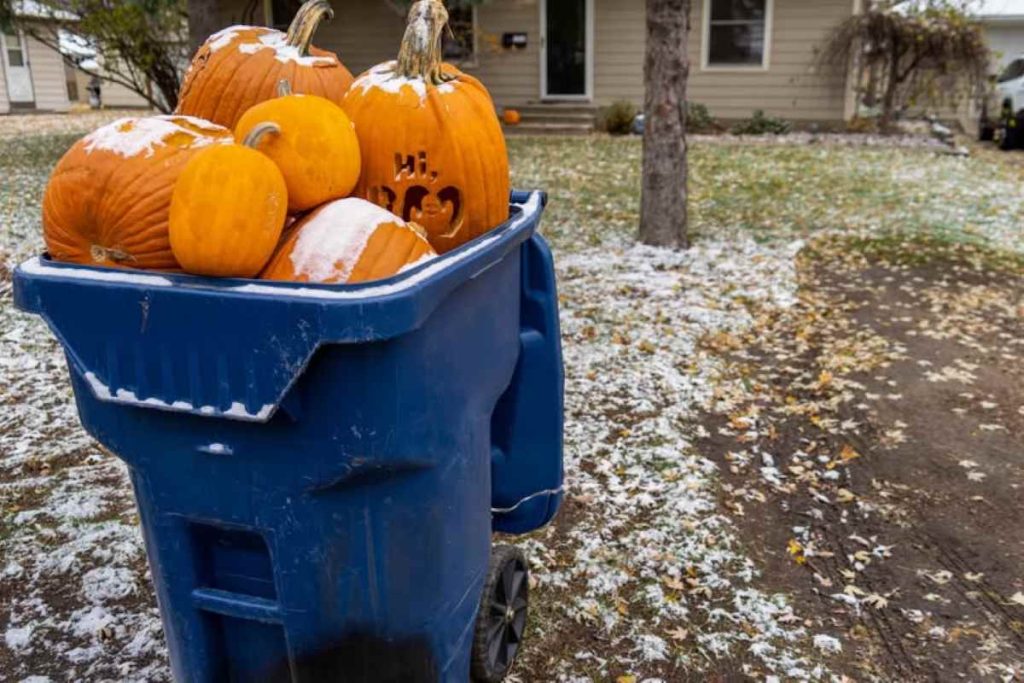
Candy Wrappers
The National Retail Federation projects that Americans will splash a whopping $3.9 billion on candy and chocolate. Sweet treats are not a threat to the environment, but their plastic wrappers are.
Halloween Decor
Pumpkins are one of the most ubiquitous decoration items for Halloween. In the UK, the Guardian reports that farmers grow an average of 10 million pumpkins annually. 95% of that harvest is usually carved to make Halloween lanterns. This may help us understand the kind of waste we perpetrate annually in the name of celebrating Halloween.
ALSO READ: The Business of Diwali Snacks: How Indian Food Brands Cash In on the Festival of Lights
Choosing Eco-Friendly Treats That Taste Amazing
The goal here is not to demonize the observance of Halloween. On the contrary, you’ll get to identify the possibilities of eating your Halloween cake and having it through eco-Halloween ideas. Here’s a zero-waste Halloween guide to turn your spooky plans into planet-friendly celebrations.
There are a handful of confectionery companies that wrap their sweets with compostable candy packaging. Patronize those. To save you the trouble of searching, Sun & Swell Foods and YumEarth are green Halloween candy brands. Similarly, ethical chocolate brands like Tony’s Chocolonely, Alter Eco and Loving Earth produce plastic-free trick or treat.
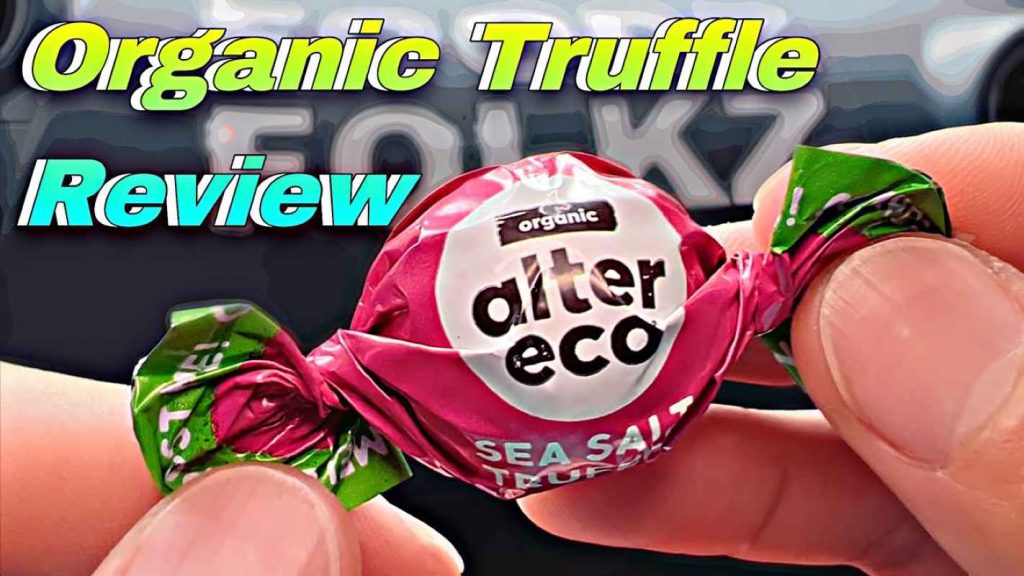
For the chocolates going into your basket of sustainable Halloween treats, patronizing local brands will do a ton of good. Also, it would be a double-win if the said local brands are fair-trade chocolatiers.
Another item that could feature on your list of eco Halloween ideas is to make DIY treats. If you have the time to kill, it may be cost-effective and eco-friendly to make sustainable holiday treats yourself. Fruit leather rolls, chocolate bark and homemade popcorn balls are just a few of the items you could make at home with little hassle.
Packaging That Doesn’t Haunt the Planet
Beyond the carved pumpkins that are largely wasted during each Halloween, gift wrappers and treat packaging constitute one of the largest waste streams during that celebration.
So, makers and buyers of Halloween treats may want to go green by trying out the following packaging options:
- Custom packaging ideas, like wax wraps, glass jars and kraft paper. Glass jars are reusable, and the other two are recyclable.
- If Halloween shoppers can afford it, they would be helping the planet by bulk-buying candies. That the small candies come in compostable packaging is not an excuse, buy in bulk where possible. This practice cuts down the product-to-waste ratio.

If food manufacturers refuse to innovate by going green, their sales may plummet in the years to come. Many patrons of these food brands are becoming health- and planet-conscious. So, green packaging could influence buying decisions in the future.
Sustainable Trick-or-Treating Ideas
Do you want to be an advocate of sustainable holiday celebrations? Here are some ideas for sustainable Halloween treats you could convince your friends to adopt.
- Encourage Zero-Waste Costume Parties
If you are throwing a Halloween party this year, or will be attending one, consider making zero-waste the theme of your costume. It will be a great conversation starter and may dissuade people you speak with from using wasteful costumes in subsequent Halloweens.
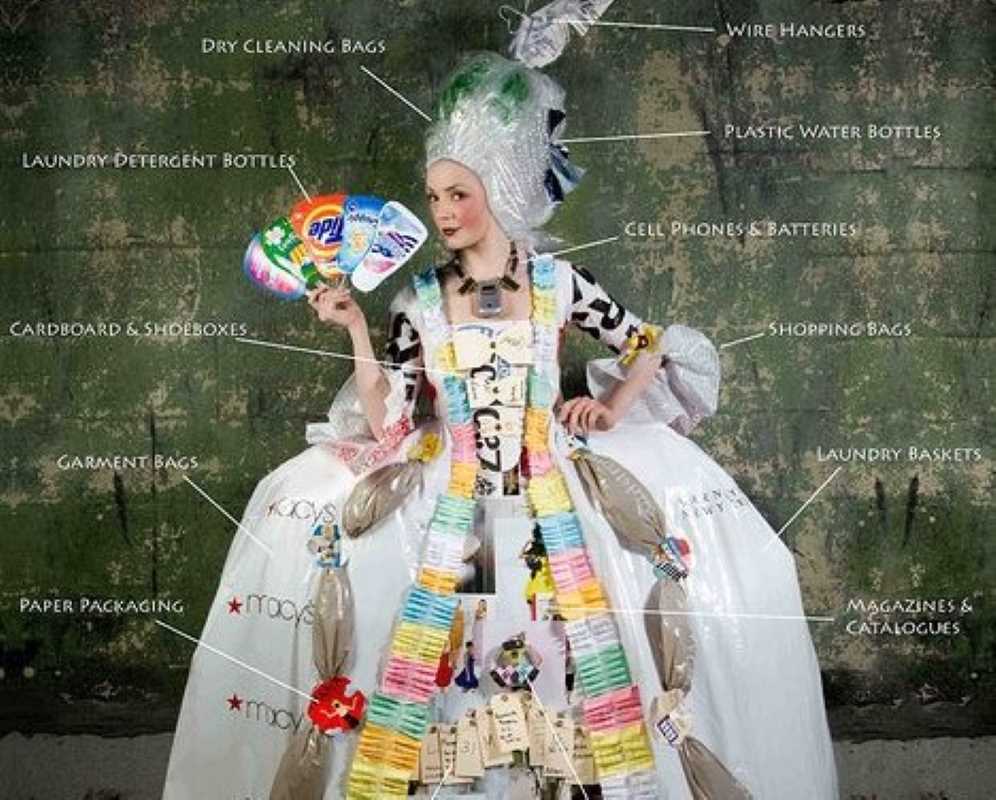
- Use Upcycled Decoration
This year, you can save your pumpkins for delicious meals and use upcycled materials from your home for Halloween decor. There are a ton of upcycled Halloween ideas you could key into on Pinterest.
- Use reusable treat bags or basket
Yes, get a basket or bag that you can stash away after your kids are done with their trick-or-treating. Buying plastic buckets that get thrown out each year is unsustainable.
ALSO READ: TravelingDIY Pickling 101: The Science and Art Happening Inside the Jar
Why It Matters Beyond One Night
In fairness to folks who run afoul of suggestions in the zero-waste Halloween guides, some of their holiday activities are hardwired. Wasteful and eco-damaging celebrations may be something they inherited since childhood, from friends and parents. However, making small seasonal shifts in such practices can have a great cumulative effect. In addition, when others see you buying green Halloween candy brands or giving out sustainable Halloween treats, it is likely to switch on a light bulb in them.

Before you know it, adhering to practices of sustainable Halloween celebration will slowly morph into a trend. Interestingly, all these tips are not peculiar to Halloween alone, but forward compatible for nailing sustainability during every celebration.
Remember to enjoy a zero-waste Halloween, and be generous enough to give out some of your eco-friendly Halloween candy.
The only thing scary about Halloween should be the costumes — not the candy wrappers and waste.









